Do you have a question about the Panasonic DMP-BDT700 and is the answer not in the manual?
Warns against exposure to rain, moisture, liquids, and advises on handling the unit and mains lead safely.
Details risks of battery mishandling, including explosion, leakage, and proper disposal methods.
Explains safe use of the AC mains lead and provides instructions for replacing the fuse.
Instructs on how to reset user settings before disposal or transfer and mentions operation history.
Provides guidance for the proper disposal of old electrical/electronic products and batteries in the EU.
Explains the use of Cinavia technology for copyright protection and how it interrupts playback of unauthorized copies.
Lists supplied accessories and explains how to insert batteries into the remote control.
Provides guidance on cleaning the unit, its lens, discs, and handling discs safely.
Details the types of discs and media supported, including BD, DVD, CD, SD card, and USB devices.
Provides a detailed reference guide to the functions of each button on the remote control.
Identifies and explains the function of front panel controls and rear panel terminals.
Explains how to connect the player to a TV using HDMI and to an amplifier/receiver via HDMI/audio outputs.
Guides on digital audio connections (optical, coaxial) and network setup via LAN cable or Wi-Fi.
Covers initial "Easy Settings" and "Easy Network Setting", including wireless connection methods like WPS.
Explains how to check for and perform firmware updates automatically or manually.
Details how to insert/remove media and navigate the main HOME menu for playback and settings.
Explains basic playback controls, search, skip, pause, frame-by-frame playback, and soundtrack selection.
Describes how to view status messages, enjoy 3D video/photos, and access BD-Live features.
Explains accessing online services and sharing content via Miracast™ or DLNA.
Details VIERA Link integration and the various playback options available through the Option menu.
Details the various playback operations and settings available through the Option menu, such as soundtrack, subtitles, and slideshow.
Covers picture quality adjustments, sound effects, dialogue enhancement, and 3D visual settings.
Details manual settings for 3D playback, including distance perception, screen type, frame width, and colour.
Explains audio reformatting, language preferences for soundtracks, subtitles, and menus.
Guides on configuring player settings, HDMI output, audio output, and language settings.
Covers network settings, IP/DNS, proxy settings, BD-Live access, ratings limits, and network service lock.
Details TV aspect ratio, TV system settings, screen saver function, and on-screen message display.
Covers unit display brightness, HDMI(SUB) LED, Quick Start, and remote control code settings.
Provides solutions for problems like unit unresponsiveness, remote control issues, disc eject errors, and connection problems.
Lists general specifications, file format support, audio details, and supported formats for DLNA.
Provides contact details for customer support, website information, and legal notices regarding software and trademarks.
| Depth | 245 mm |
|---|---|
| Width | 446 mm |
| Height | 68 mm |
| Weight | 2800 g |
| Device type | Blu-Ray player |
| Product color | Black |
| Audio decoders | Dolby Digital, Dolby TrueHD, DTS Digital Plus, DTS-HD Master Audio |
| AC input voltage | 220 - 240 V |
| AC input frequency | 50 Hz |
| Disc types supported | BD-RE, BD-RE DL, BD-ROM, CD, CD-R, CD-RW, DVD+R, DVD+R DL, DVD+RW, DVD-R, DVD-R DL, DVD-RW |
| Playback disc formats | Blu-Ray audio, Blu-Ray video, CD audio, CD video |
| Supported video modes | - |
| Card reader integrated | Yes |
| USB 2.0 ports quantity | 1 |
| Audio formats supported | AAC, FLAC, MP3, WAV, WMA |
| Compatible memory cards | SD, SDHC, SDXC |
| Image formats supported | JPEG XR, MPO |
| Video formats supported | AVCHD, MKV, MP4, XVID |
| Analog signal format system | NTSC, PAL |
| Power consumption (standby) | 0.2 W |
| Power consumption (typical) | 21 W |
| Audio output channels | 7.1 channels |
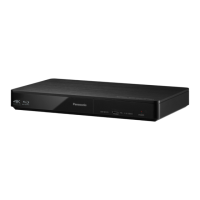
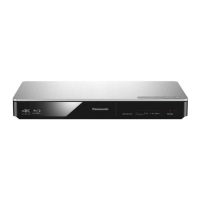

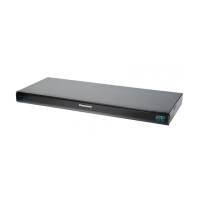
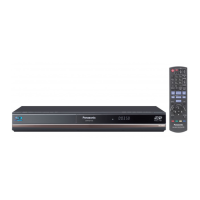
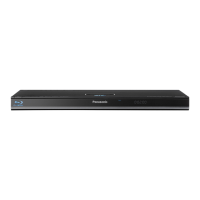

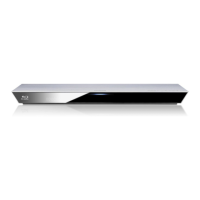
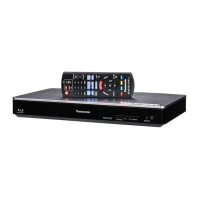
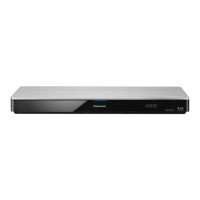
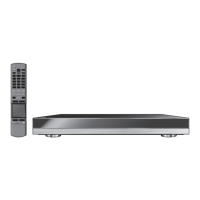
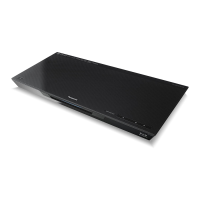
